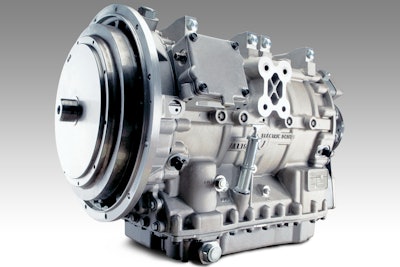
Allison Transmission announces the launch of its new zero emission vehicle (ZEV)-capable electric hybrid system, the eGen Flex, as the initial product offering under its new Allison eGen brand.
eGen Flex provides bus fleets with full electric engine-off propulsion and accessory power operation capability—ideal for zero-emission zones and depot operation, including when approaching, during, and leaving passenger stops for a quieter and healthier environment. The eGen product family will include Allison’s portfolio of electric hybrid and full electric products, including the company’s portfolio of electric axles.
The eGen Flex electric hybrid system includes an innovative new drive unit, inverter and rechargeable energy storage system. The drive unit includes a disconnect clutch that enables engine-off capability. The inverter has an innovative package improvement that reduces its footprint and weight. The inverter is now water ethylene glycol (WEG) cooled, which eliminates oil lines, decreasing installation complexity, reducing maintenance expense, and increasing uptime. The energy storage system incorporates the latest Lithium Titanate (LTO) technology, which significantly increases energy density, allows for faster charging and enables pure electric (engine off) extended range capability.
With the launch of eGen Flex Allison will offer two distinct models, eGen Flex and eGen Flex Max. eGen Flex will be similar in feature set and capability to the Allison H 40/50 EP electric hybrid propulsion system, but with the package enhancements summarized above. eGen Flex Max will offer fully electric propulsion for up to 10 mi., dependent upon duty cycle and accessory load requirements. eGen Flex and eGen Flex Max will be offered in CertPlus model configurations for sale in California Air Resources Board (CARB)-adopting states. Similar to the existing H 40/50 EP nomenclature, eGen Flex and eGen Flex Max will also be available in "40" and "50" configurations based on fleet torque requirements. Increased Accessory Power 2 will be available with eGen Flex, and will be required with eGen Flex Max. This capability electrifies vehicle accessory systems, such as air conditioning and electric heat, allowing those accessories to operate at their optimal efficiency point, and with clean and quiet electric power, thus reducing emissions and strain on the engine, thereby protecting our environment. Allison is engaged with transit Original Equipment Manufacturers (OEMs) and transit fleets to support a scheduled 2021 commercial release of eGen Flex.
“Allison understands that there is significant interest in electrification,” says Branden Harbin, Managing Director of Global Marketing at Allison Transmission. “We also understand that fleets are reluctant to go all in on electrification at this early stage. That critical feedback from our customers is what inspired Allison to deliver this enhanced capability for coach and transit buses, effectively serving as a bridge solution between conventional fuel and full electric solutions. eGen Flex will enable transit fleets to evaluate electric capability and their electric range needs, while still having the peace of mind of a diesel range extender, whether needed for longer routes, for route flexibility, unplanned congestion on routes, or an inability to recharge due to power grid challenges.”
No additional capital infrastructure investment is required to utilize this full electric operation capability. “With the eGen Flex electric hybrid system, Allison continues to build on a foundation of safe, sustainable, and efficient propulsion solutions. We are excited to introduce the eGen Flex propulsion solution as part of our eGen portfolio, providing fleets with an innovative solution that reduces their carbon footprint through an improved emissions profile and reduced fuel consumption.”



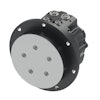
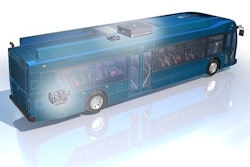
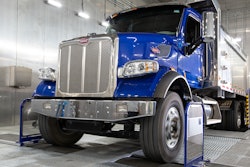

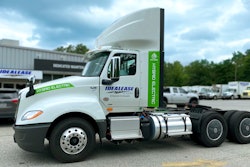








![Sa P75 I Sahr[80]](https://img.oemoffhighway.com/mindful/acbm/workspaces/default/uploads/2025/10/sa-p75-isahr80.Cn3n79HB4H.jpg?ar=16%3A9&auto=format%2Ccompress&fit=crop&h=135&q=70&w=240)

